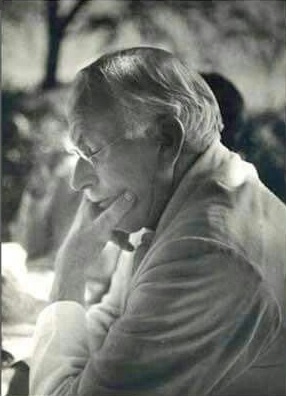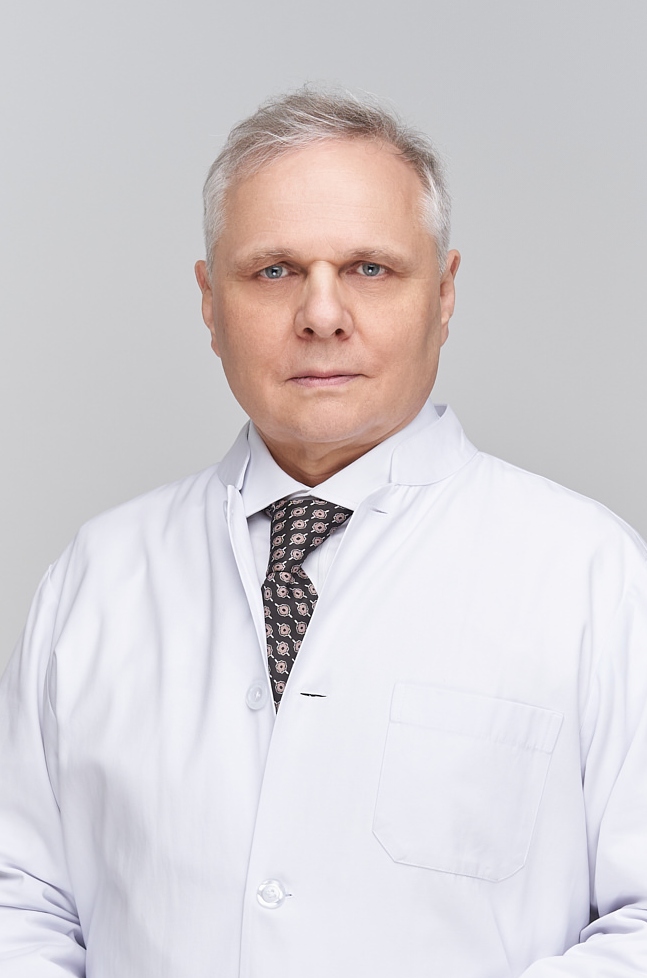
In the history of psychology, the name of Carl Gustav Jung is commonly associated with Freud and the psychoanalytical movement. However, the C.G. Jung Archetypes and the concept of the collective unconscious are his biggest contributions to psychodynamic psychology.
According to Jung, the collective unconscious contains psychic entities, he called the “archetypes”. They are constellating entities of the collective unconcious. Jung saw archetypes as patterns of behaviour, something similar to “dry river bets.” The archetypes are like blueprints for human development. They get activated in particular situations or stages of life. Archetypes are evident in stories, art, myths, and dreams. While archetypes form a common ground for human experiences, individuals interpret them uniquely, shaped by culture and personal history.
C.G. Jung developed the theory of archetypes based on his childhood experiences, dream interpretation, and in-depth analysis of his patients. He opposed the doctrine of empiricism established in Western culture by the British philosopher John Locke. Contrary to empiricism, Jung proposed the revolutionary idea that children are not born as “blank slates” (Tabula Rasa). He believed that every human at the time of birth is already equipped with inherited patterns of behaviour, the C.G. Jung Archetypes. These archetypes in Jungian psychology are the forming entities of the stored knowledge of our species, called by Jung “the collective unconscious.” For anyone asking what are the archetypes in C.G. Jung psychology, they are universal symbols and patterns that shape human experience and behaviour across cultures.
The Nature of Archetypes
Archetypesy are collective in the sense that they embody the general characteristics of a thing, but they are also implicit in its specific manifestations. The human fingerprint, for example, is instantly recognizable for what it is on account of its unmistakable configuration of contours and whorls. Yet every fingerprint has a configuration unique to its owner. Archetypes similarly combine the universal with the individual, the general with the unique; in that they are common to all humanity, yet nevertheless manifest themselves in every human being in a peculiar way. Archetypes actively seek their actualization in the personality and the behaviour of the individual, as the life cycle unfolds in the context of the environment.
Archetyps and Darwinism
The other aspect is that proposing the idea of archetypes and collective unconscious Jung contradicted the foundation of contemporary science, Darwinism. The theory of Darwin claims that the information can be passed from one generation to the next via genes. Darwinism proclaimed the process of natural selection, on the survival of the fittest as the leading force of evolution. According to Darwin the genetically transferred characteristics with evolutionary benefits will give their offspring a higher chance to survive while those with less favorable traces will be eliminated over time.
Jung instead proposed that patterns of behaviour or images occurring in members of one generation could be passed genetically to the next generation. Such “sideways transition” of survival strategies and memories is hard to comprehend. It undermines today’s scientific dogma. This theory of acquired characteristics, originally proposed by Jean-Baptiste Lamarck (1744-1829) was and still is scientifically discredited.
Difficulties with Scientific Proof of Jung’s Theory
The other reason that the archetype theory barley found scientific resonance was that Jung wasn’t able to present enough evidence-based proof supporting his theory. He provided only one description of so called of the “phallus man”, a schizophrenic patient who hallucinated a tube or a phallus hanging down from the son, which by changing its direction influenced the wind. An identical content was described in an old Greek manuscript referring to a Mithraic ritual which Jung discovered years later.
The patient, a poorly educated man, never could possess knowledge of the script and such ritual. However, those who reject the archetypal hypothesis remain unimpressed by the discovery of parallel themes in myths derived from different parts of the world, maintaining that these can be explained just as well by cultural diffusion and not by innate predisposition.

DR. GREGOR KOWAL
Dr. Gregor Kowal studied human medicine at the Ruprecht-Karls-University in Heidelberg, Germany, where he also earned his doctoral degree (PhD). He completed his specialization in Psychiatry and Psychotherapy with the Medical Chamber of Koblenz, Germany. In the following years, he held positions as Head of Department and Medical Director in various psychiatric hospitals across Germany. Alongside his clinical responsibilities, he served as a consultant expert for the Federal Court in Frankfurt, providing psychiatric evaluations in legal cases. Since 2011, Dr. Kowal has been working as the Medical Director of CHMC, the Clinic for Psychiatry and Psychotherapy in Dubai, UAE. His specialist training includes extensive expertise in biological psychiatry and psychodynamic psychotherapy.
Read More about Jungian Psychology
- Carl Gustav Jung. A Short Biography
- Psychology of Carl Gustav Jung
- The Collective Unconcious
- The Self
- The Individuation
- Archetyps. The Redicovered Theory
- The Ego and The Persona
- The Shadow
- The Animus and The Anima
- The Archytypal Neurosis
- Jungian Psychology and the Brain Structure
- Brain Evolution and Psychology
- Synchronicity
- Jungian Dream Analysis
- Freudian and Jungian Models of the Psyche
- What is Psychoanalytical Psychotherapy
- C.G. Jung and Otto Gross
- C.G. Jung Psychological Types
- C.G. Jung’s Word Association Test
- The Spiritual Aspect of the Psyche (Jungian View)


